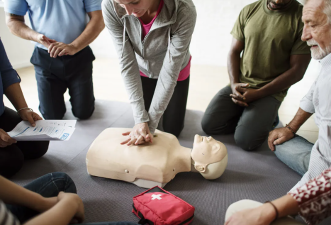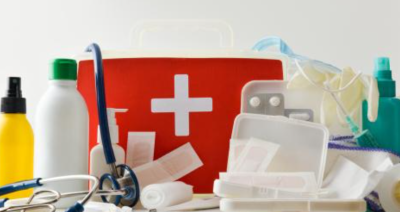The Science of First Aid Everyone Should Know
In daily life, mastering essential first aid procedures is essential for both yourself and your family, as this knowledge can save lives in critical moments.

- For Adults and Infants over 1 Year Old: Align the tip of your first two fingertips above the victim's navel. With your other hand, hold your fist in place and push rapidly inward and upward until the foreign object is dislodged.
- Self-Rescue: Find a rounded, blunt chair back, bend over, and press firmly on your abdomen until the foreign object is dislodged.
- Infants under 1 year old
- Direct Pressure:
- Apply firm pressure to the wound with clean gauze/cloth for at least 10 minutes.
- Elevate the Injured Limb:
- Elevate the bleeding area above the heart level.
- Tourniquet (for severe aortic bleeding only):
- Apply a tourniquet near the heart, record the duration, and loosen it every 15-20 minutes.

- Immobilize the Injured Limb:
- Use a splint or other rigid material to immobilize the fracture site and prevent movement.
- Apply Ice to Swelling:
- Apply for 15-20 minutes at a time, with an interval of one hour.
- Elevate the Affected Limb:
- Reduce swelling.
- Transporting the Patient
- Move the patient to a cool, well-ventilated area and loosen their collar or belt.
- Assisting with Heat Dissipation
- Use a fan or air conditioner, and massage the patient's limbs and torso to promote heat dissipation.
- Wipe the body with cold water or place ice packs on the forehead, neck, armpits, or groin at the base of the thigh.
- Hydrate Properly
- Drink plenty of light salt water. Drink small amounts of fluids frequently, no more than 300 ml at a time. Avoid binge drinking.
- Seek medical attention promptly.
- For mild cases, if symptoms worsen after rest, seek medical attention immediately.
- For severe cases experiencing coma, high fever, or convulsions, seek medical attention immediately.
- Do not take fever-reducing medications on your own.
- If ice or ice packs are too cold, they may constrict blood vessels and prevent proper heat dissipation.
- Avoid applying topical medications that have a cooling effect (such as Tiger Balm). Oily substances are not conducive to heat dissipation.




